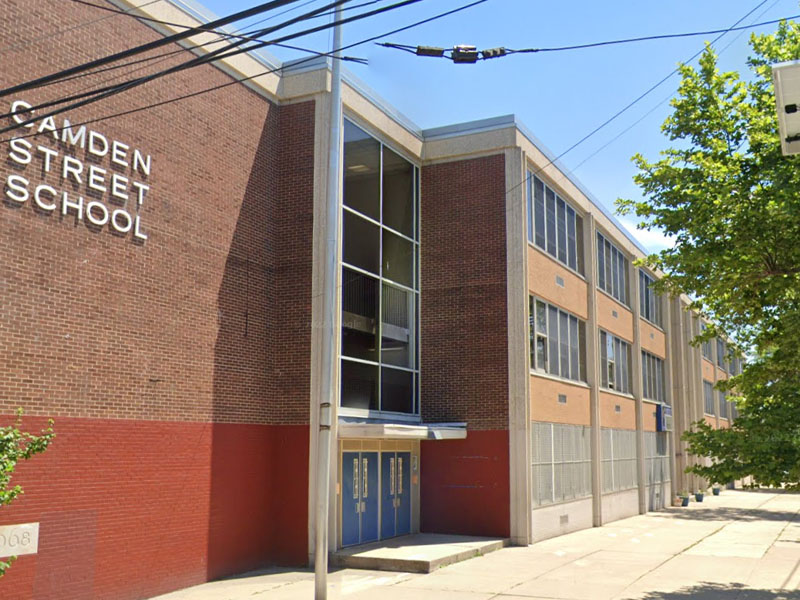OP-ED: NJ’s ultra-progressive school funding formula leaves students behind
by Assemblyman Michael Torrissi
Anger over school funding cuts has reached a fever pitch in my legislative district and many suburban and rural districts throughout the state.
The 8th Legislative District’s largest set of schools, the Lenape Regional High School District, recently announced it will be cutting major sports and afterschool programs, not renewing 90 non-tenured staff, eliminating 20 stipend positions, and leaving more than 40 positions vacant.
Cuts like this drastically affect the quality of schools. And why did they happen? New Jersey’s school funding formula and Democratic politicians like my 8th District counterpart, Assemblywoman Andrea Katz, are to blame.
The school funding formula is often discussed, but those discussing it are rarely willing to tell the truth. They say there’s simply not enough funding out there. Just ignore our highest-in-the-nation taxes.
The real answer is the school funding formula is statistically the most progressive formula in the nation by a wide margin – meaning that most tax dollars are flooded to poorer districts in our biggest cities like Newark, Paterson and Camden.
While my schools are cutting everything in sight, the Newark School District received $101 million more in state aid – up to $1.25 billion, allowing them to approve a $1.5 billion budget – a budget almost entirely funded by state aid. You’re telling me there’s not one taxpayer in the city of Newark?
Those funding numbers can be linked to our state having the highest property taxes in the nation by a country mile and the fact that schools in rural and suburban neighborhoods must make cuts even when they pay such high taxes.
This isn’t me making an “us vs. them” argument. This is bad policy that is clear as day when you shine a light on it.
According to the Urban Institute, which advocates for policy to help urban communities, their data shows that New Jersey students in poor districts not only get the same amount of total funding per pupil, but far outpace everyone else. Their study titled, “Do Poor Kids Get Their Fair Share,” came back with a resounding, “Yes, and then some.”
A student in a poorer district receives about $1,914 more than other students when you total federal, state, and local funding, according to the Urban Institute, which has New Jersey as the most progressive school funding state in the nation. The state with the next closest progressive formula is Connecticut at $427 – a huge gap.
The size of that gap shows that this state is shifting tax money at an unprecedented rate.
The school funding formula was created to help poorer districts fund education because their residents can’t raise as much money through property taxes. I am not arguing that it shouldn’t do that. What I am arguing is that the state funding formula has shifted the pendulum to such a far degree that now all other students are suffering.
State aid should balance the amount each student receives so that schools that can’t raise money locally can still provide a quality education to every child. What it shouldn’t do is take all the money from rural and suburban districts and dump it in a few cities to the point that those students each receive nearly $2,000 more.
No child in New Jersey is worth more or less than any other child.
So why can’t we change the school funding formula? The answer is just too much political influence in the areas where all the money is going. It would be unwise for Trenton Democrats to bite the hand that’s keeping them in power.
One Democrat that has played an outsized role in advocating for the current funding formula is my very own district mate – Assemblywoman Andrea Katz.
Against the wellbeing of her own district, Assemblywoman Katz led an organization that advocated for funding cuts in districts like Lenape Regional High School District – the Fair Funding Action Committee. She was often spotted with Senate President Steve Sweeney in 2018 advocating for the passage of a bill that clearly outlined 7 years of cuts to many schools in the 8th District. Her group’s main stance was calling on the state to adhere to its uber-progressive school funding formula.
Unfortunately, since 2018, Assemblywoman Katz has developed amnesia and can be spotted at the very schools she caused to lose funding, saying that she isn’t a fan of the school funding formula and has introduced legislation to change it. That type of hypocrisy needs to be called out.
And that brings us back to the original problem – the Democrats in charge don’t care if the funding formula is good or bad policy. They will flip flop around it based on whatever they think will get them the most votes.
This is a problem that will only be solved during election season. Unless we get more Republicans in Trenton, New Jersey families will continue to go to work and pay high taxes, only to have all their money disappear out of the schools they send their children to.

